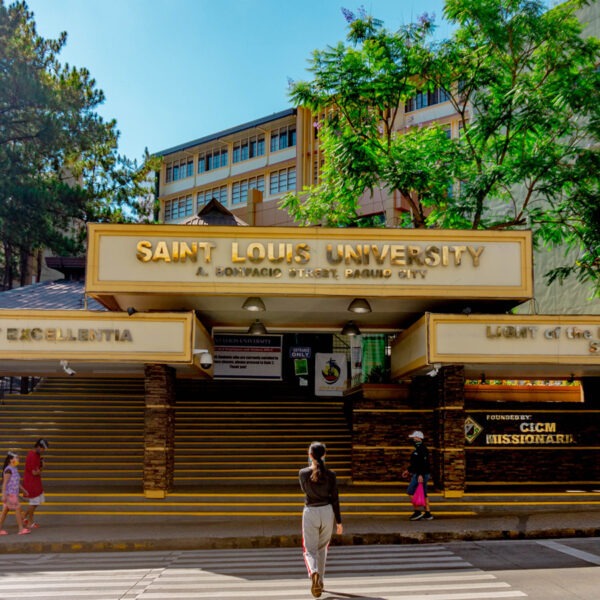NMP Features Early Filipinos’ Centuries-Old Practice of Dental Ornamentation this Dental Health Month
February is the Philippines’ National Dental Health Month and to celebrate this special month of the year the National Museum of the Philippines (NMP) featured the Bolinao Skull and the centuries-old practice of dental ornamentation among early Filipinos.
According to the National Museum, as observed in burial sites across the country, dental ornamentation and modification were a common practice among pre-colonial Filipinos from the 14th to early 16th century.
“Teeth modification and alteration could signify a rite of passage, mourning a loved one, fostering group identity, or a means of conforming to a concept of beauty,” stated the NMP. Moreover, the said practice may also indicate the social status of the individual.
Although, dental ornamentation and modification were rapidly abandoned during the Hispanization of the archipelago in the 16th century, its other forms such as filing and staining were said to have persisted among some ethno-linguistic groups in the county.
Forms of Dental Modifications
- Ablation
- Filing
- Drilling
- Inlaying
- Staining
The Bolinao Skull with Gold Teeth

Source: National Museum of the Philippines| Official Facebook Page/Timothy James Vitales / NMP Archaeology Division
Among the “most fascinating burial assemblages” excavated by the NMP was Balingasay Burial Site located in Bolinao, Pangasinan. The National Museum considered the gold-pegged teeth, observed on the skeletal remains of 8 of 51 adult burials, as their most surprising find during the Balingasay excavation.
“A total of 67 pieces of teeth were found ornamented with gold plates in fish scale design and pegged with gold rivets,” NMP reveals. Other than dental gold ornamentation, it was said that dental staining and filing were also observed on the remains in the Balingasay Site.
“The restored Bolinao Skull (GR 25) was the only skull found with a complete set of teeth with gold-scale ornamentation on the upper and lower incisors and canines.”
Furthermore, NMP also stated that according to Dr. Laura Junker of the University of Illinois at Chicago:
- Gold dental ornamentation was a social status symbol often reserved for the elite members of the society
- Dental filing and staining or blackening were more for aesthetics
The Facebook Post from NMP
Here’s the National Museum of the Philippines’ Facebook post for the National Dental Health Month. It was published on Tuesday, February 16, 2021.
For More News and Updates
Looking for more news and updates? Feel free to explore our BCG website and our official Facebook page. You may also check out our official BCG YouTube channel to catch a variety of video content.
Source: National Museum of the Philippines| Official Facebook Page





















